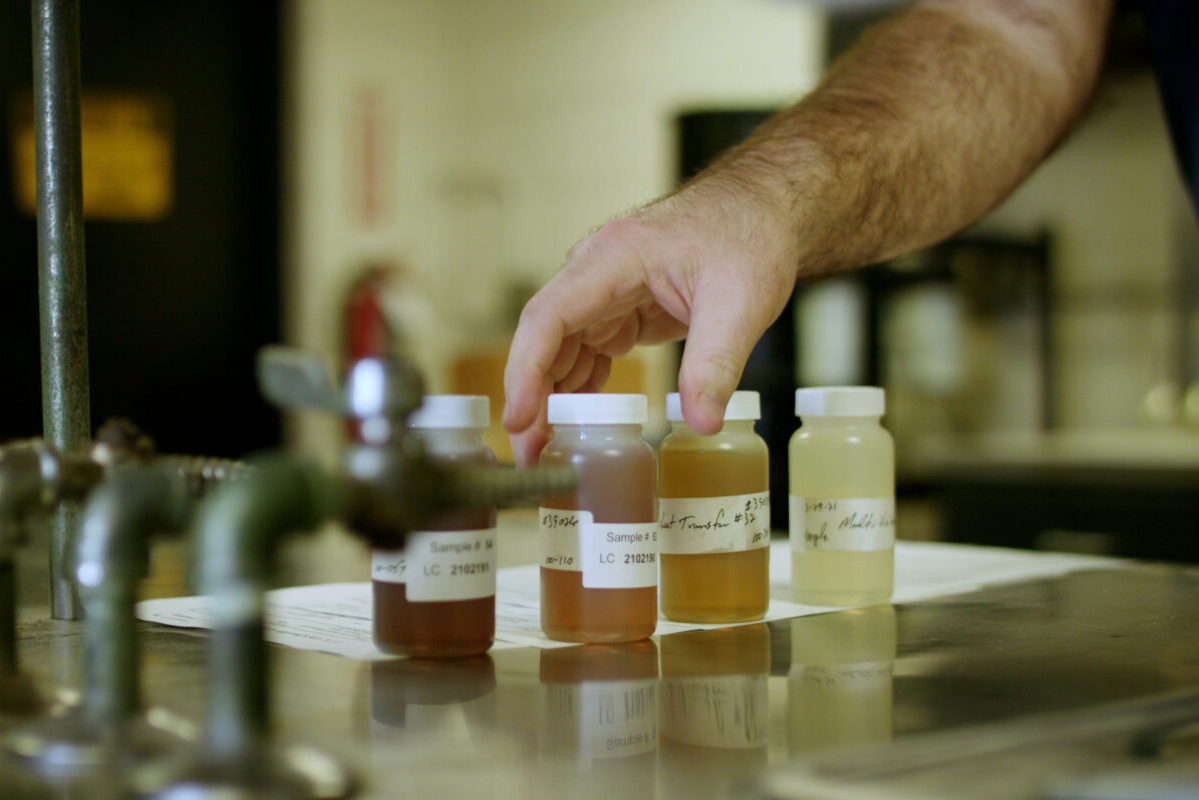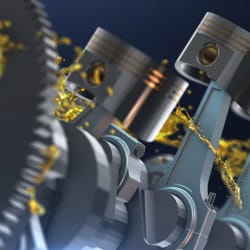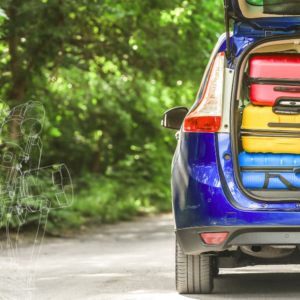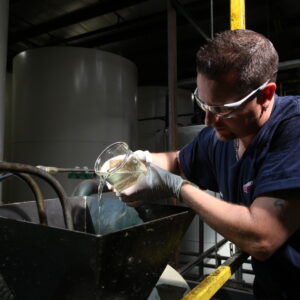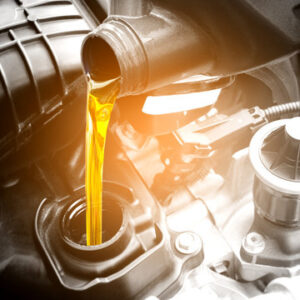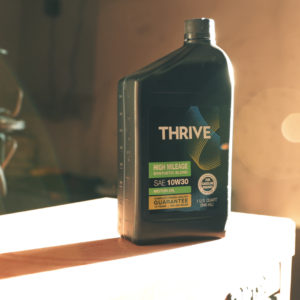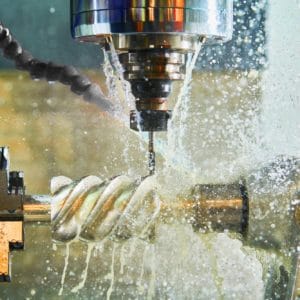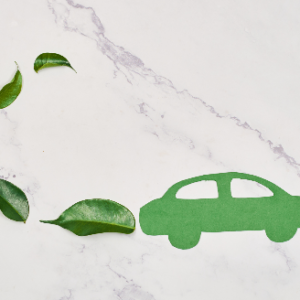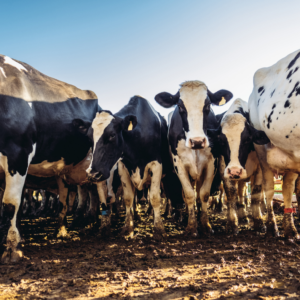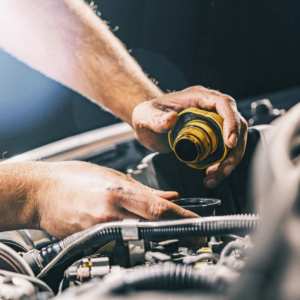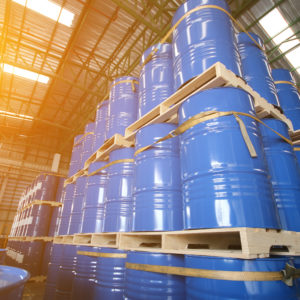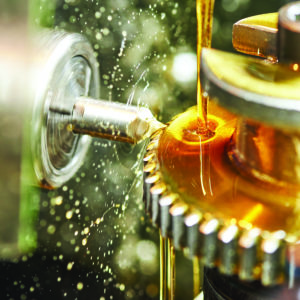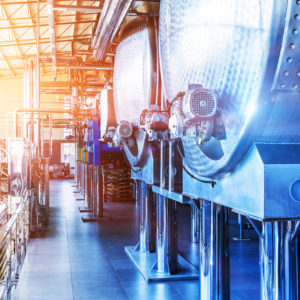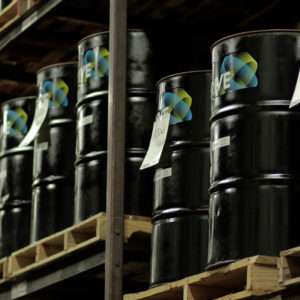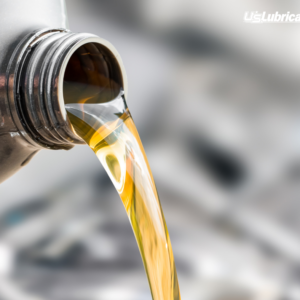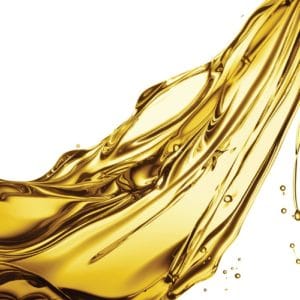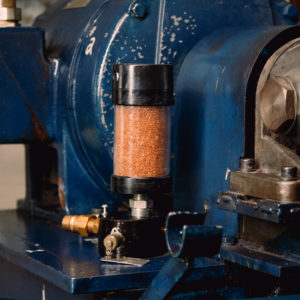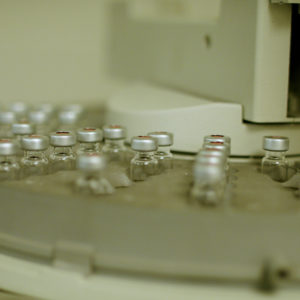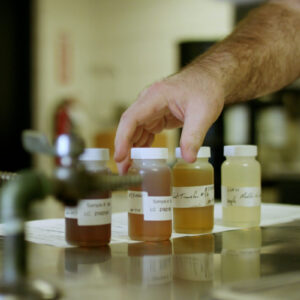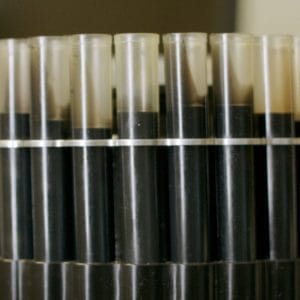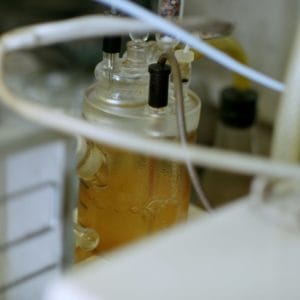Variability in oil analysis can come from each step of the collection process. The environment, user, and instrumentation used can all contribute to variation in results. In this article, we will provide best practices for you to minimize variation when preparing and taking the sample. It is also important to take your samples to a 9001:2015 certified lab to ensure lab technicians are following the audited practices and procedures, American Society for Testing Materials (ASTM) methodology, and statutory and regulatory requirements for quality control.
Environment
The environment in which you store and transfer lubricants is important to the overall health of the lubricant. Storing lubricants in an enclosed, dry and climate-controlled environment is the best way to reduce contamination from unwanted elements. This suggestion also applies to transferring the lubricant to avoid contamination from the environment. Upon completion of lubricant transportation tasks, ensure that the container is properly sealed to avoid contamination.
User
Poor repeatability and reproducibility when collecting a lubricant sample can result in a variation in the results. Repeatability refers to the same person collecting a sample, with essentially the same degree of correctness for every iteration. Reproducibility refers to using the same equipment and procedure to collect lubricant samples with little variance regardless of who is collecting the samples.
Routine lubricant analysis, data collected over time will provide value-added information, compared to one-off samples. Variation in lubricant sampling will occur equally whether from between repeatability and reproducibility.
Instrument
Using the same sampling procedure and equipment are important to receive an accurate trended analysis for your oil sample. Procedures such as flushing the sample bottle three times can minimize the amount of contamination present in the sample bottle before collecting the sample. This is specifically important for samples that will be measured for ISO 4406 Cleanliness, which is standard for particle count analysis. In addition, continuing to keep sample equipment clean can help reduce contamination during lubricant sampling.
It is important to note that where you are collecting the sample within the tribologic system may impact results. Several products are available on the market to help aid this step, including sample ports and pitot tubes that are available through U.S. Lubricants.
About the Author:
Scott Vanevenhoven
OilChek® Lab Manager
Scott Vanevenhoven is the OilChek® Lab Manager of U.S. Lubricants. Scott has over 20 years of lab experience predominantly in the oil and energy industry. Scott graduated with a Bachelor of Science degree in environmental science and a minor in chemistry.


